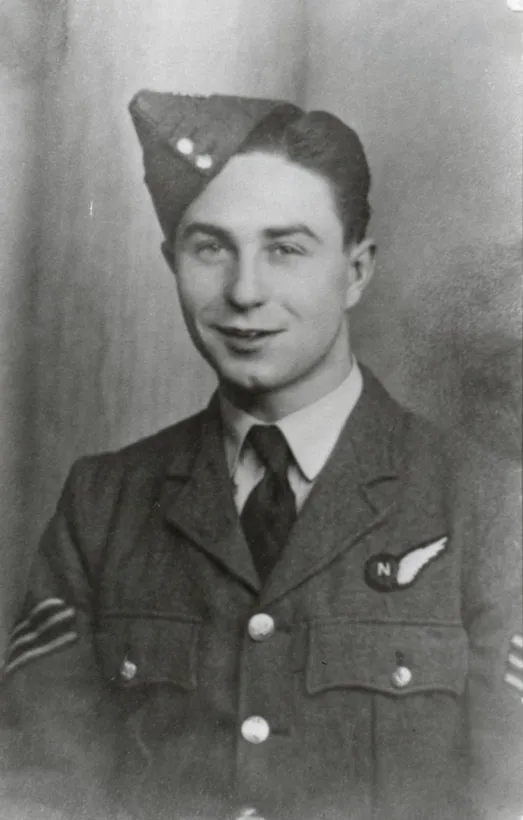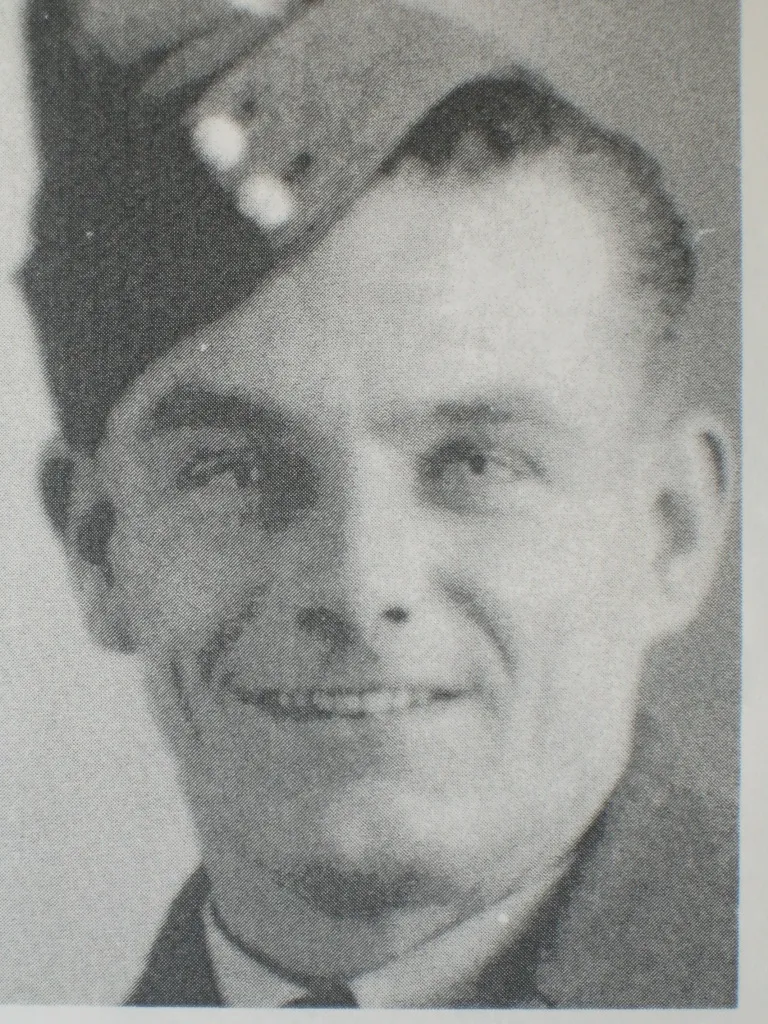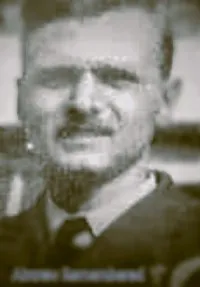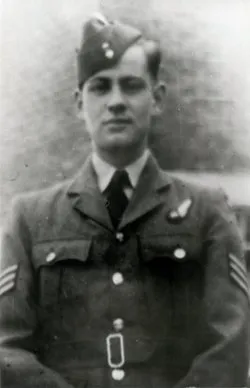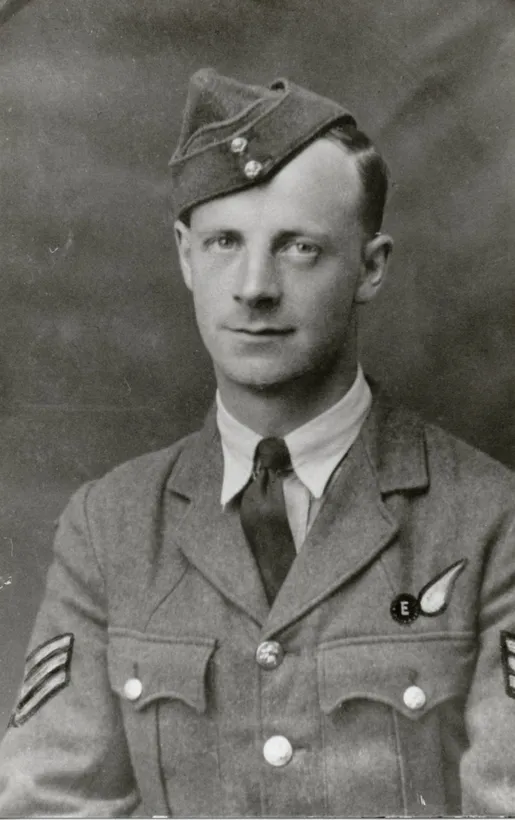Stanners, Ramsay (Warrant Officer)
Killed in Action 1944-February-20
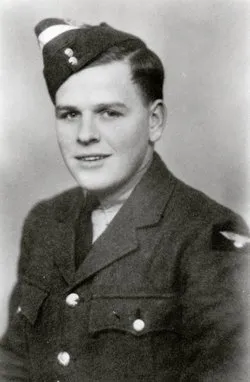

Birth Date: 1922-December-03
Born: Kilbarchan, Renfrewshire, Scotland
Parents: Son of James and Sarah Stanners, of Kilbarchan, Renfrewshire
Spouse:
Home: Kilbarchan, Renfrewshire, Scotland
Enlistment:
Enlistment Date: unkown date
Service
RAFVR
Unit
156 (PFF) Sqn- Squadron (RAF)
We Light The Way
Base
RAF Warboys
Rank
Warrant Officer
Position
Pilot
Service Numbers
1554370
Target
Crew or Other Personnel
Lancaster JA921
Mission
Lancaster Mk.III JA921
Bombing Leipzig Germany 1944-February-20 to 1944-February-20
156 (PFF) Sqn (RAF) RAF Warboys
823 aircraft- 561 Lancasters, 255 Halifaxes, 7 Mosquitoes. 78 aircraft- 44 Lancasters and 34 Halifaxes - lost, 9.5 per cent of the force. The Halifax loss rate was 13.3 per cent of those dispatched and 14.9 per cent of those Halifaxes which reached the enemy coast after 'early returns' had turned back. The Halifax IIs and Vs were permanently withdrawn from operations to Germany after this raid.
This was an unhappy raid for Bomber Command. The German controllers only sent part of their force of fighters to the Kiel minelaying diversion. When the main bomber force crossed the Dutch coast, they were met by a further part of the German Ilghter force and those German fighters which had been sent north to Kiel hurriedly returned. The bomber stream was thus under attack all the way to the target. There were further difficulties at the target because winds were not as forecast and many uircraft reached the Leipzig area too early and had to orbit and await the Pathfinders. ,j aircraft were lost by collision and approximately 20 were shot down by Flak.
Leipzig was cloud-covered and the Pathfinders had to use sky-marking. The raid appeared to be concentrated in its early stages but scattered later. There are few details of the effects of the bombing. No report is available from Germany and there was no immediate post-raid reconnaissance flight. When photographs were eventually taken, they included the results of an American raid which took place on the following day
156 Squadron (We light the way) Pathfinder Force, RAF Warboys. Lancaster III aircraft JA 921 GT-Q was shot down by night fighter pilot Oberfeldwebel Heinz Vinke of the 11/NJG 1 during a night operation against targets in Leipzig, Germany. The bomber crashed at Zuid Ervenweg, Eemnes, Utrecht, Netherlands with only one crew member surviving
Pilot Officer Thomas James Brewer (RCAF), Sergeant Ernest Hopcraft (RAFVR), Sergeant Humphrey Watkin Hughes (RAFVR), Sergeant Ainsley Charles George Merses (RAFVR), Sergeant Royce Prankett (RAFVR) and Warrant Officer Ramsay Stanners (RAFVR) were all killed in action
Flying Officer Edward Joseph Casimir Kryskow (RCAF) was the sole surviver from his crew and avoided capture as an Evader, sheltering with Dutch locals until liberated by advancing Allied Forces 1945-05-10
span class="citation">source: The Bomber Command War Diaries, Martin Middlebrook and Chris Everitt, page 473
Nachtjagd Combat Archive 1944 Part 1 1 January - 15 March by Theo Boiten, page 89
![]() Lancaster III JA921 Royal Air Force Serial and Image Database
Lancaster III JA921 Royal Air Force Serial and Image Database
![]() 19/20 02 1944 156 Squadron Lancaster III JA921 Warrant Officer Stanners RAF Warboys...
19/20 02 1944 156 Squadron Lancaster III JA921 Warrant Officer Stanners RAF Warboys...
![]() Crash location Avro Lancaster JA 921 Eemnes - Eemnes - TracesOfWar.com
Crash location Avro Lancaster JA 921 Eemnes - Eemnes - TracesOfWar.com
Lancaster serial: JA921
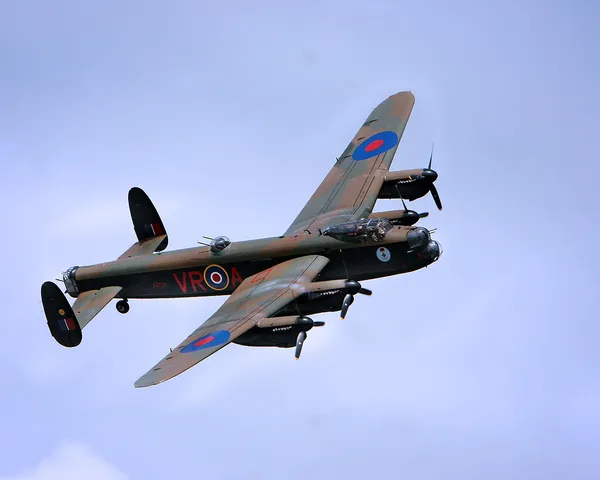
Canadian Warplane Heritage Museum
The Avro Lancaster is a British Second World War heavy bomber. It was designed and manufactured by Avro as a contemporary of the Handley Page Halifax, both bombers having been developed to the same specification, as well as the Short Stirling, all three aircraft being four-engined heavy bombers adopted by the Royal Air Force (RAF) during the same wartime era.
The Lancaster has its origins in the twin-engine Avro Manchester which had been developed during the late 1930s in response to the Air Ministry Specification P.13/36 for a capable medium bomber for "world-wide use". Originally developed as an evolution of the Manchester (which had proved troublesome in service and was retired in 1942), the Lancaster was designed by Roy Chadwick and powered by four Rolls-Royce Merlins and in one version, Bristol Hercules engines. It first saw service with RAF Bomber Command in 1942 and as the strategic bombing offensive over Europe gathered momentum, it was the main aircraft for the night-time bombing campaigns that followed. As increasing numbers of the type were produced, it became the principal heavy bomber used by the RAF, the Royal Canadian Air Force (RCAF) and squadrons from other Commonwealth and European countries serving within the RAF, overshadowing the Halifax and Stirling. Wikipedia


